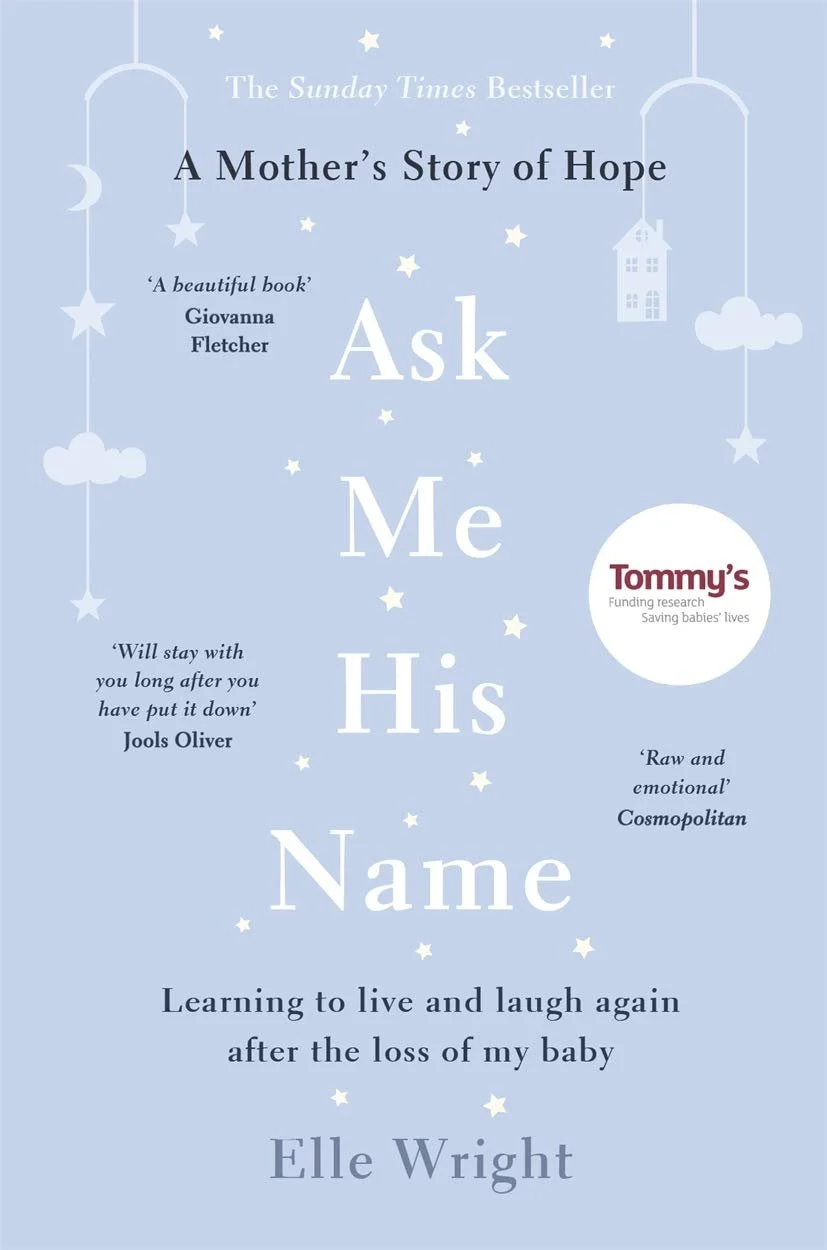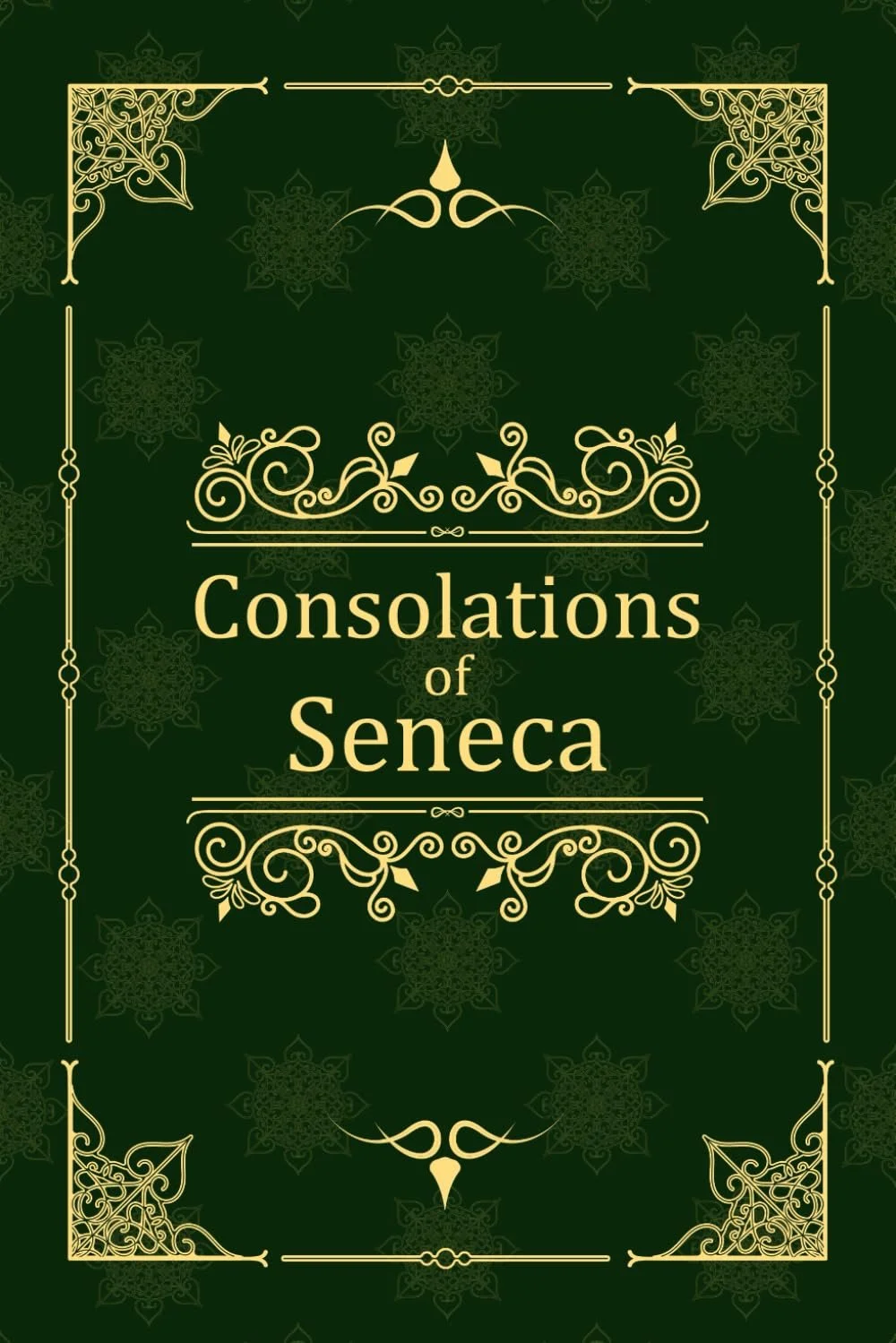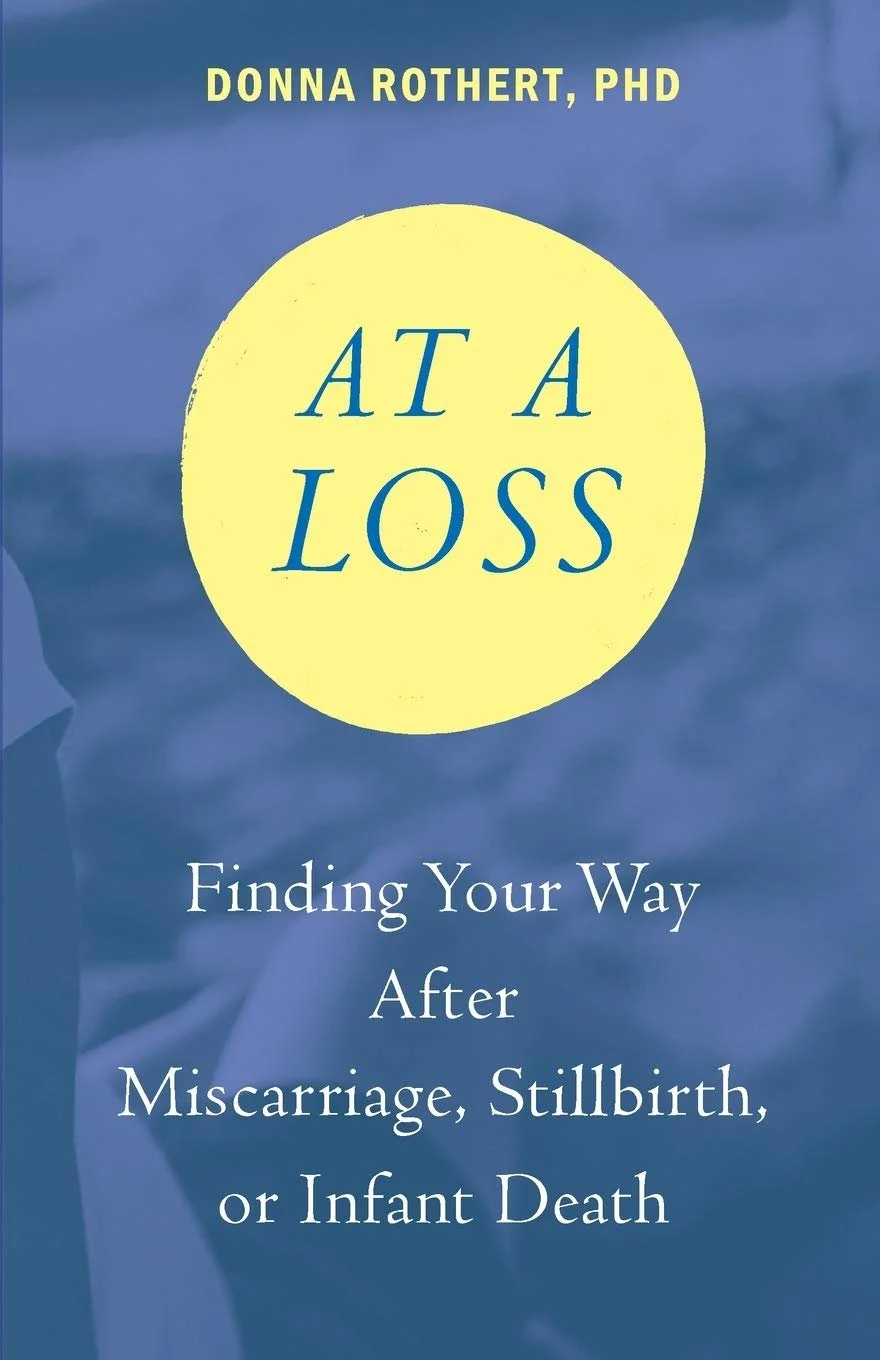Resources
Things that may help you navigate the healing journey in the aftermath of losing your baby, or help you support someone facing this type of loss
Books
Actions
Journaling
Never in my life have I been the type of person to keep a journal or diary. I have always found that my brain processes information too quickly (or maybe too randomly?) for a pen to keep up with. But, after I lost Finn, everything seemed to move in slow motion. I found myself with so many thoughts that felt trapped in my head. Most of these were things that I felt were left unsaid to Finn; things I didn’t have the time to say to him, or things that I wanted him to know. For about a month after his death, I wrote him a letter every night - just to talk. Not only did this help me feel like I still had a connection to my sweet baby boy, but I could also get all of those pent up thoughts and feelings out of my brain. I could apologize to Finn for the things that I felt like I should have done differently, and tell him (over, and over, and over…) how much I love him. While I don’t do this every night anymore, I still pick up that journal and write to him whenever I feel like I need or want to. Sometimes it’s happy, and sometimes it’s sad, but it’s always healing.
Massage
Again, be sure to check with your doctor about what’s safe for your specific health condition before scheduling any treatments, but getting a massage - whether traditional or otherwise - was so helpful for me as I processed the grief of Finn’s loss. As I learned in my first Cranial Sacral massage, our fluids and tissues have memory, and the psychological effects of grief can manifest in various parts of our body; particularly those that were affected by the traumatic event we experienced. In many cases, those memories are physically experienced as blockages of fluid flow or tension in the muscles and tissues. Once that has been released, it can create a calming effect on your mental state as well. We don’t always realize it, but when we grieve, our body becomes incredibly tense - a natural response to emotional stress and trauma. For me, the first time I actually felt my body fully relax after Finn’s death was about a month later during a massage. The relief was unbelievable, and I actually cried a little during the session. We often forget that our brains and our bodies don’t work separately from each other, and that each system has a unique impact on the other. Taking a holistic approach to caring for both my mind and body was immensely helpful.
Exercise
The ability you have to exercise will depend on your specific physical considerations, so be sure to talk to your doctor before beginning any kind of exercise. For me, I had a normal vaginal delivery, so it was recommended that I wait at least 6 weeks to exercise. After about 3 weeks postpartum (flooded with grief and with no new baby to care for…) I was driving myself insane with pent up anxious energy. I made an appointment with my OB to find out if I could start exercising again. He cleared me to do so, and I started doing low impact things like yoga and taking long walks with the dog. Once I felt like I could feel myself in my body again, I started doing some of the old workouts that I liked before I got pregnant. For me, this meant renewing my subscription to a Barre class, and breaking out the rowing machine again. Consistent exercise was a great way for me to process all of that anxious energy associated with grief, really helped my mental state, and also helped me feel better about my postpartum body.
Share Your Story
One of the best things that I did after we lost Finn was tell everyone what had happened. I didn’t know it at the time, but this would be one of the most cathartic and helpful pieces to my puzzle of healing. I started with my co-workers (many of whom are close friends), since I knew they would want to check in on me during my maternity leave. The last thing I wanted was for them to be asking how my new baby boy was doing. I also needed to iron out practical matters like what maternity leave would look like now, and adding Finn to my health insurance. Next, I posted to social media - something that I very rarely do at all, but it seemed like the best way to let people know that, yes, I was no longer pregnant, but NO, I didn’t have my baby. What happened next was nothing short of incredible. People from all stages of my life reached out in support of our family. People who I may have talked to once, if ever, were offering practical support and love. Blaine had the same experience, and the community that rallied around us to carry us through this unthinkable loss was the biggest blessing. So many people shared stories of their own loss or losses within their family to assure us that we were absolutely not alone. Sharing our story instead of locking it away in our own grief was immensely important.
Photographs/Baby Book
Because Finn’s life was so short, I worried that he would just be a “blip” in our family story, and that thought caused it’s own flavor of grief and anxiety for me in the early days. To help with this particular type of grief, I did 2 things: #1) I finished the baby book I started for Finn before he was born. I wrote all about his birth story, and the hopes and dreams we had for him. I included all of his ultrasound photos, his ankle band, footprints, and tons of photos. Which brings me to #2) I put up photos of Finn all over our house. I can’t tell you how good this felt as I did it, and how good it still feels to see him everywhere in our home. His photos are right next to the ones we have of Esme; my two kids side by side. The maternity photos we took during Finn’s pregnancy are right next to the ones from when I was pregnant with Esme. His baby book sits on the same shelf as Esme’s, the same way that the baby book for any future children we may have will sit there too. In this way, Finn is and always will be very much a part of our family.
Family & Friends
In the immediate days following Finn’s death, there were very few people that I cared to be around or talk to: my husband Blaine, my parents, my two brothers and my best friend, Kate. I didn’t know why at the time, but looking back on it I have realized that these are the people that require no “social battery” or emotional energy for me to be around. With these people, I could simply exist in whatever state I was in at the time, and they were there for it. They were also the people that would talk to me about Finn and about my grief, but would talk to me about other stuff too. These “everyday” topics made me feel less like a social pariah and brought some semblance of normalcy to the chaos of Finn’s death. I deeply appreciated that. Identifying the specific people that were healing and calming to be around was a crucial step towards coming out of my darkest shades of grief. Our daughter, Esme, was my biggest source of joy and hope (at 2.5 years old, she couldn’t fully comprehend what had happened). She was also a constant reminder that I would never know Finn the way I know her; I would never hear him say “mommy!” the way she did with so much love. Even so, knowing that she still needed her mommy in a very real way helped me find the strength to to get out of bed each morning.
Therapy & Support Groups:
Finding a good one-on-one therapist following this kind of loss is highly recommended. For me, that meant looking for someone who dealt with not just grief, but traumatic grief experiences, or was at least a “trauma-informed” therapist, as the nature of Finn’s death was a very traumatic experience in my life (as I can imagine that all infant losses would be). A friend of mine in a different field of psychology recommended that I use the website psychologytoday.com to find licensed therapists by zip code and practice area.
Support groups can be helpful as well, but I’d caution you about online communities and groups unless they are presided over and orchestrated by a licensed psychologist. Many of the communities I found online were more geared towards commiseration, and not so much towards healing. I’m certainly not saying that they are ALL like this, and I know there are great communities out there. Just be mindful that supportive healing looks different than “misery loves company.”
I’ve listed a few reputable support groups to the left if you’re interested in exploring this avenue. If you know of another group that you or someone you know has found helpful or hopeful, please email us and we will add it to the list!





